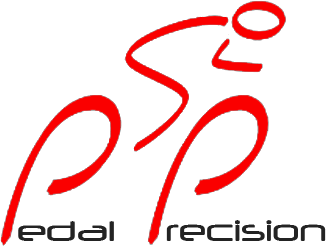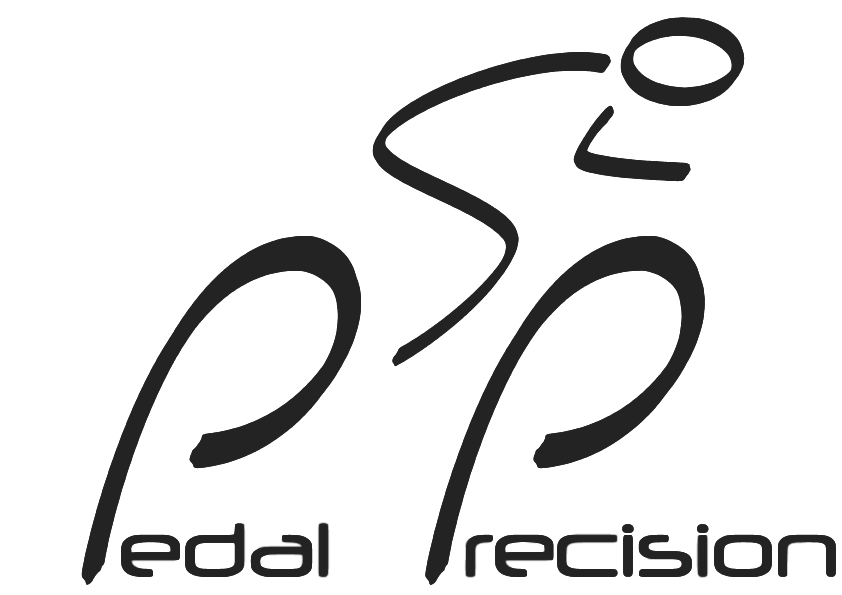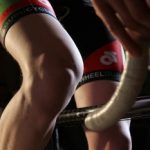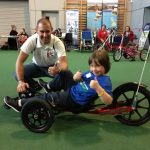Hi all,
I hope everyone is well and enjoying some great rides as we inch our way slowly into summer (well for those of us riding the roads of the UK we are anyway).
The spring and early summertime are always crazily busy periods for us, there are lots of people resurrecting cycling pastimes and careers of old, people looking at addressing issues that they have ignored since the end of last season, or simply wanting to start this season off on the right foot.
Seemingly, for every reason that someone comes to see us for a fitting, there seems to be a new ‘system’ being launched or developed aimed at finding that holy trinity of power, comfort and injury prevention.
The field of bike-fitting is one that seems to have accelerated from being fixed in the start gate, using plumb bobs, static measurements and mathematical formulas worthy of Pythagoras himself, through to full speed, 3D motion capture analysis strapped into a harness and waiting for Tom Cruise to analyse whether you are likely to commit murder in the future or not. Needless to say, it can be confusing knowing which method is going to work best for you or whether one could in fact put you in a position that could make things worse for you.
For me, the issue boils down to making sure that you are confident in the person wielding whatever method or equipment that is being used. It is all well and good to be turned into a stick-figure and rendered in the virtual world as your very own super-hero character before the computer telling you where you need to put your saddle and how long your reach should be, but is that the best way to get the most out of your cycling? I don’t have an issue with the computer-based systems at all, it’s just that I worry that it sometimes get relied upon almost blindly at the expense of being able to use our eyes and see when the ‘perfect’ position spat out by the computer may not work for the rider with a particular movement pattern or injury history.
A conversation with a friend (let’s call him Clive) involved at the highest level of the sport revealed that in certain instances, reliance on the system has led to athletes being placed in positions that have seen them loose power and suffer great discomfort. Clive said that a number of athletes had been forced to revisit their position and revert to the experience and knowledge of their team to make the changes necessary to get into the best position for their discipline.
In another incident relayed to me, a rider was effectively dissuaded from the purchase of a dream-bike based on the output of a system which was clearly suffering from some kind of calibration issue or user error. Either that, or when we tried to replicate the position that was suggested we would have been trying to bike fit a velociraptor, with the worlds longest femur/tibia ratio and almost non-existent reach! It is no good simply watching a screen with a representation of the rider on it and making adjustments until the screen suggests that you have met as many of its in-built parameters for the perfect position as possible and calling it a day.
I am at risk here of writing a blog article that could get very long and very dry, so I will keep it to the point. All the developments in technology can certainly give us a lot of data that we may not of previously had, but this data is not a substitute for people who have years of experience looking at people riding bikes, the ability to really see and understand how someones body is behaving while pedalling and helping those who don’t fit the normal parameters, be it anatomically or due to a specific background with other sports or injuries.
At Pedal Precision, we believe that our slow-motion video capture method, along with many years experience in the fields of bike fitting, sports injuries and biomechanics, helps us really get to grips with what is going to work best for the individual.
In addition to this we do believe that the video and on screen analysis is a very valuable tool, whilst allowing the rider to pedal as freely as possible and represent what they will do out on the road/trail rather than being covered in wires or sticky dots which can’t help but effect the way that that rider will move.
With experience, comes the ability to really see how a rider is using their body, when they recruit muscle, how a certain movement dysfunction might (or might not) be impacting their riding or leading to their painful symptoms. There are a lot of things that you can’t see if you reduce a rider to a stick-figure.
Get in touch if you want to find out more about how we do things, or speak to one of the people now riding further, faster and more comfortably as a result!
Thanks for spending time reading this today, felt I needed to get this off my chest. Have a great week everyone.




